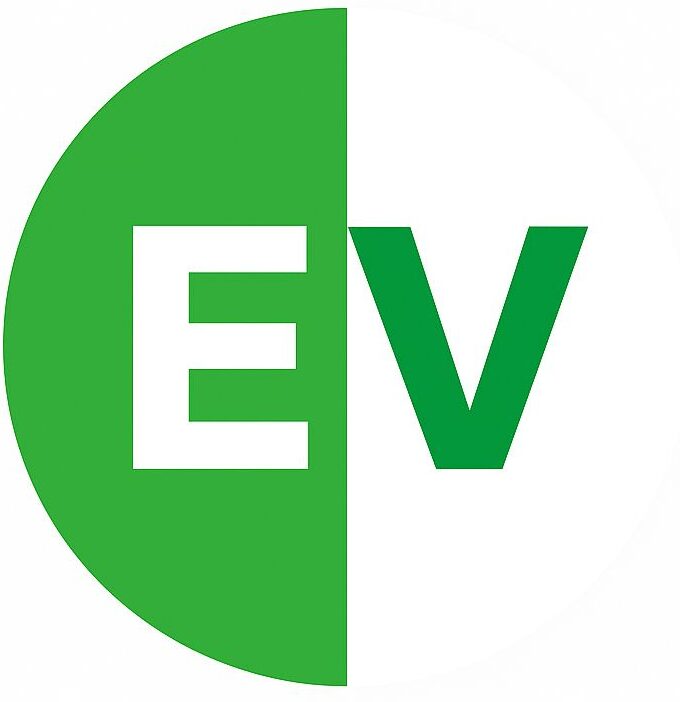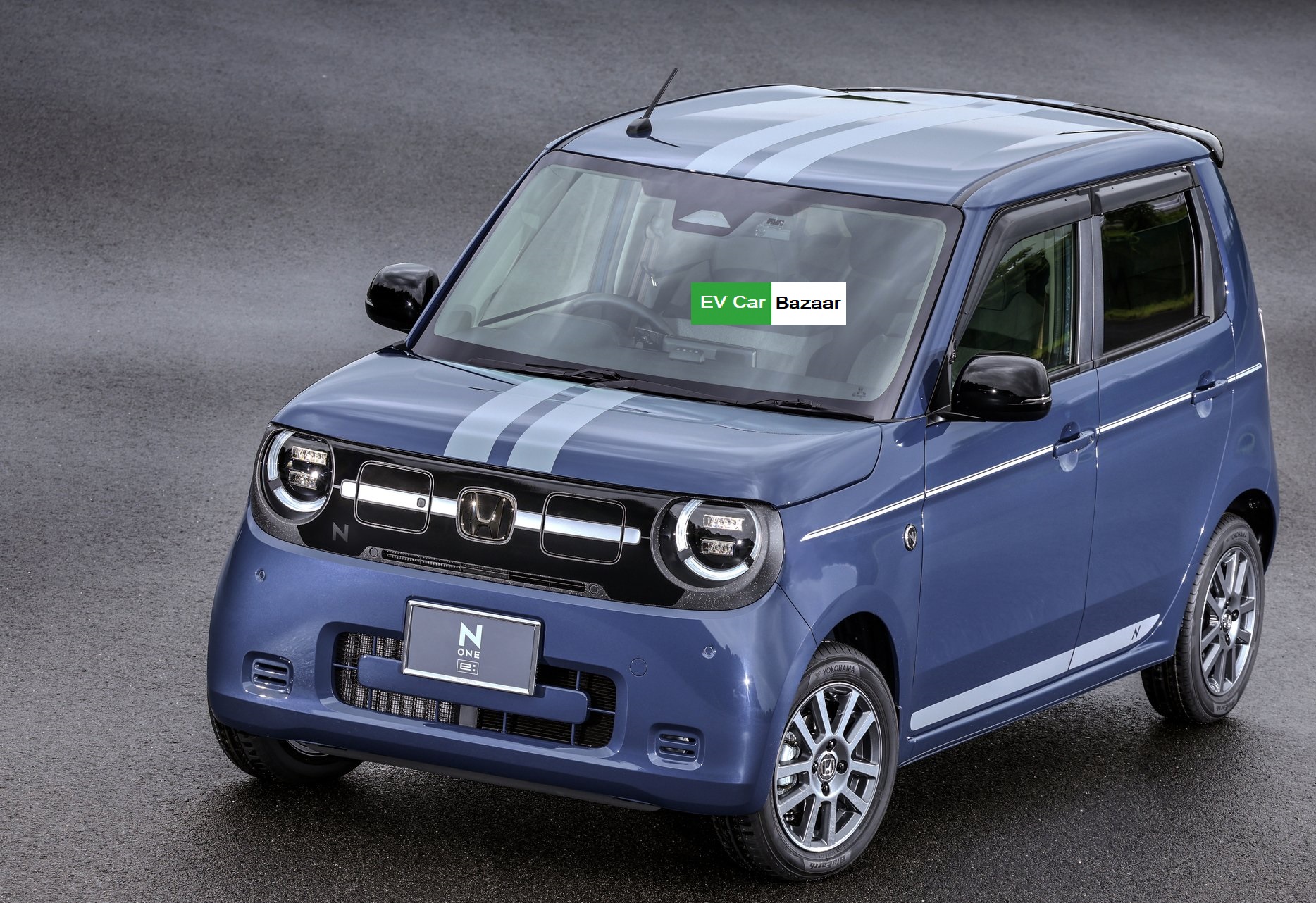In 2025 the electric vehicle market is no longer confined to large SUVs premium sedans or futuristic concepts. A quieter but equally important revolution is underway the rise of small affordable city EVs. These compact cars are tailored for dense urban spaces short commutes and cost-conscious buyers.
Nowhere is this trend stronger than in Japan where kei cars ultra-compact vehicles defined by regulation make up nearly 40% of new sales. With policymakers pushing electrification and charging networks expanding the stage was set for one of the most anticipated launches in the kei EV space.
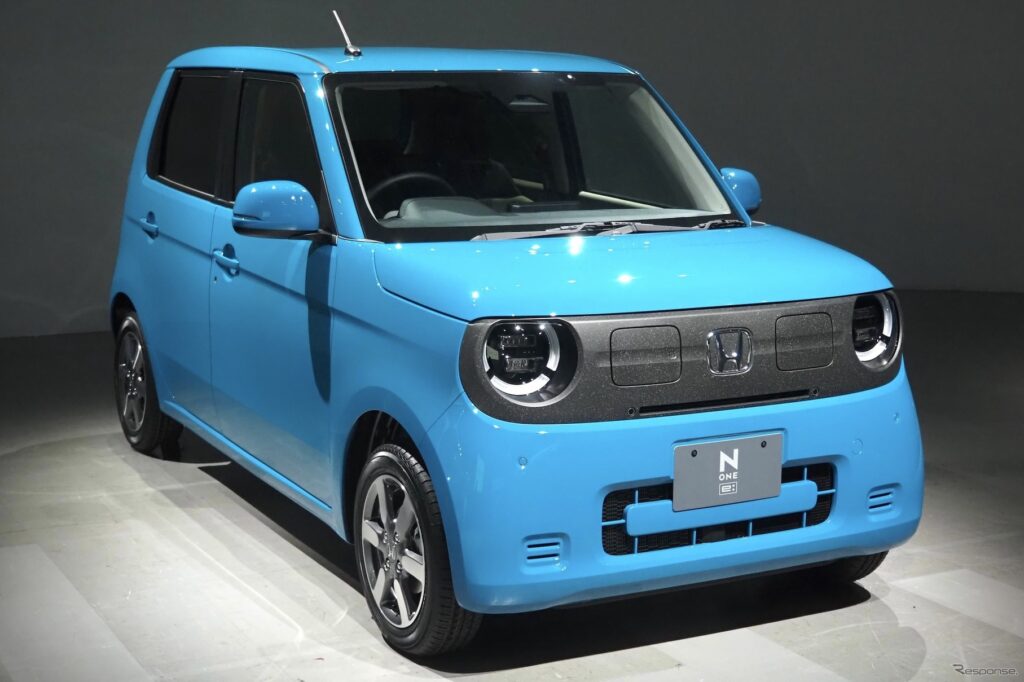
On September 11, 2025, Honda officially introduced the Honda N-ONE EV (marketed as N-ONE ev) its first all-electric entry in the beloved N-ONE series. Sales began in Japan the very next day. With a starting price of around ¥2.7 million (roughly US$18,300) the N-ONE EV aims to be the affordable, practical and efficient answer for city drivers who want an electric upgrade without the bulk or expense of larger models.
What’s New

Honda confirmed at its September launch event that the N-ONE EV would come equipped with a 29.3–29.6 kWh lithium-ion battery pack offering up to 295km (183 miles) of WLTC range. This places it above many of its kei-class peers in usable range.
Charging specs were also clearly defined:
- AC charging: up to 6kW- requiring about 4.5 hours for a full charge.
- DC fast charging: up to 50kW- recharging 10–80% in about 30 minutes.
The N-ONE EV supports Vehicle-to-Load (V2L) / Vehicle-to-Home (V2H) capability up to 1.5kW making it a mobile power source for small appliances or emergency backup at home.
The launch announcement emphasized Honda broader electrification strategy using kei EV to bring electrics into the daily lives of Japanese households before scaling to larger more global models.
Design-Platform-Tech

The Honda N-ONE EV inherits the iconic silhouette of the N-ONE hatchback itself a spiritual successor to the 1967 Honda N360. Its upright stance short overhangs and minimal footprint maximize interior room while keeping dimensions within kei regulations.
The battery pack sits flat under the floor engineered to preserve cabin and cargo space. Motor output is capped at about 64PS (63hp) to comply with kei limits but tuned for smooth urban driving rather than highway performance.
Honda also equipped the N-ONE EV with a suite of driver-assist systems. Adaptive cruise control, lane-keeping assist, automatic high beams and sudden acceleration prevention are standard. These functions place the car in the Level 2 to 2+ ADAS category advanced for its class.
On the tech side higher trims offer a 9-inch central touchscreen, digital driver display and smartphone integration. Lower trims prioritize simplicity with physical controls for essential functions. This multi-tier approach ensures affordability at the entry price while offering modern connectivity for buyers who want it.
Charging-Battery

Honda has not disclosed the exact cell chemistry but industry observers expect a high-energy density lithium-ion pack typical of Japanese EVs.
- Capacity– ~29.6 kWh
- Range– up to 295 km (WLTC)
- AC Charging– 6kW (≈4.5 hours full)
- DC Fast Charging– 50kW (≈30 minutes 10–80%)
- External Power– V2L/V2H at 1.5 kW
While 50 kW fast charging is modest compared to larger EV it is sufficient for the car battery size and use case. In fact a 30-minute stop can add nearly 200km enough for several days of city commuting.
Battery warranty details were not announced at launch. Historically Honda EV warranties in Japan cover 8 years or 100,000–120,000km so a similar policy is expected.
For readers unfamiliar with charging standards see EV Car Bazaar EV charging guides for a deeper dive.
Cabin-Software

The N-ONE EV is designed around practicality. Tall windows, upright seating and clever packaging give the cabin a surprising sense of space despite kei dimensions. Rear seats fold flat to extend cargo capacity making it flexible for shopping runs or weekend use.
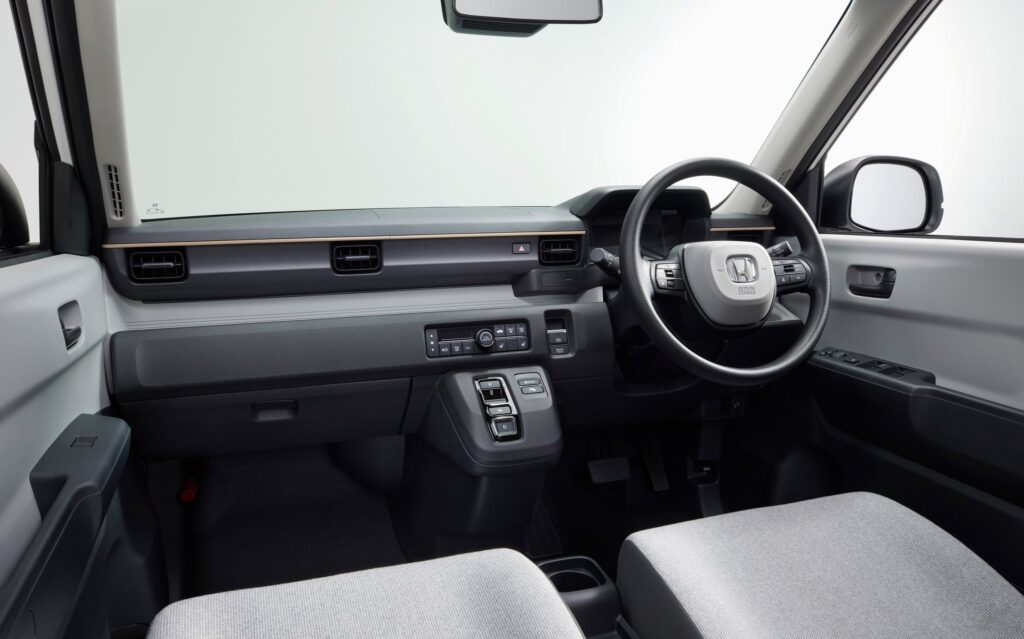
Software features include regenerative braking with one-pedal driving, driver profiles and in higher trims route planning with charging station integration. While Honda has not fully committed to OTA (over-the-air) updates for this model it is expected that at least infotainment and navigation functions will be update-capable.
App connectivity includes remote charge monitoring and climate pre-conditioning. For households the V2L/V2H function turns the N-ONE EV into a backup generator an increasingly valued feature in markets facing natural disasters or unstable grids.
Global Market

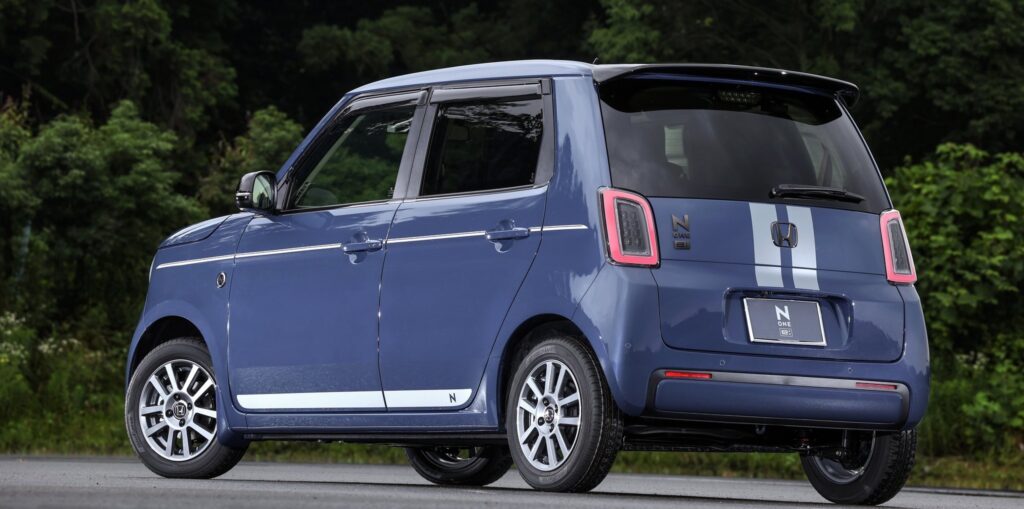
Japan– The N-ONE EV is built squarely for the kei segment with compliance on dimensions, output and price. With government incentives the effective cost could drop further making it attractive as a second household car.
Europe– Honda previewed a sportier “rally-inspired” version at Goodwood Festival of Speed. Any EU launch would require adaptations for crash safety (Euro NCAP) and charging interface (CCS standard). The design however resonates strongly with European city drivers looking for compact EV.
India– Kei cars do not exist as a regulatory class but the appetite for affordable EVs is growing. Local manufacturing and tax policy will determine feasibility. The small battery size may prove advantageous in lowering cost but thermal management in hot climates will be crucial.
China, US– In China, kei-sized EV already flourish but Honda would need aggressive localization to compete with BYD and SAIC models. In the US, kei cars face homologation hurdles size and crash standards make adoption difficult. At present Honda has not indicated plans to sell the N-ONE EV in North America.
Competitive

- Nissan Sakura (Japan): Lower range (~180 km WLTC) and smaller battery (~20kWh) but slightly cheaper.
- BYD Seagull (China): Similar price band internationally larger battery options but less premium ADAS.
- Renault 5 E-Tech (Europe): Higher price, more features and stronger brand presence but aimed above kei class.
- Hyundai Casper EV (South Korea/India expected): Localized pricing, lower range, positioned as an affordable commuter.
Compared to these the Honda N-ONE EV balances range, price and daily usability better than most kei rivals.
Ownership Economics

Operating costs are expected to be very low. Even without official Wh/km figures kei EVs typically consume less than 140Wh/km meaning energy bills remain minimal. For a typical Japanese commute of 25–30km daily a full charge could last more than a week.
Maintenance is simplified fewer moving parts, no oil changes and less brake wear due to regenerative braking. Residual values will depend on battery durability but Honda strong reputation supports confidence.
Insurance is modest in Japan reflecting the kei class but in export markets costs could rise due to low production volumes and imported parts.
Safety-Compliance

Honda safety emphasis includes ADAS features as standard uncommon in this price range. Crash test ratings have not yet been published for the N-ONE EV. For Europe and India homologation would require significant adaptation for side-impact and pedestrian safety.
Bharat NCAP, Euro NCAP and IIHS (US) readiness remain untested but Honda is expected to pursue higher global safety ratings as it scales EV exports.

The Honda N-ONE EV is more than a kei car it is Honda statement that electrification must also be affordable and practical. Its 295km range, fast-charging support and V2L functions make it highly competitive in Japan.
However, its success abroad will hinge on regulation, localization and infrastructure. In Europe, it could find a niche among city-dwellers. In India, it would need cost restructuring. In the US, its kei dimensions may remain a barrier.
For Honda, this model is a testbed if it resonates we may see a family of mini-EVs tailored for global needs. For the segment it raises the bar kei EVs can be more than short-range runabouts they can be viable daily drivers.
For EV buyers, analysts and investors the Honda N-ONE EV deserves close attention. It blends affordability with usable range and features that are rare in its category. Urban drivers in Japan can experience it today but its implications ripple globally challenging automakers everywhere to rethink small EVs.
EV Car Bazaar will continue to track updates from sales momentum to global expansion plans to keep readers ahead of the curve.
